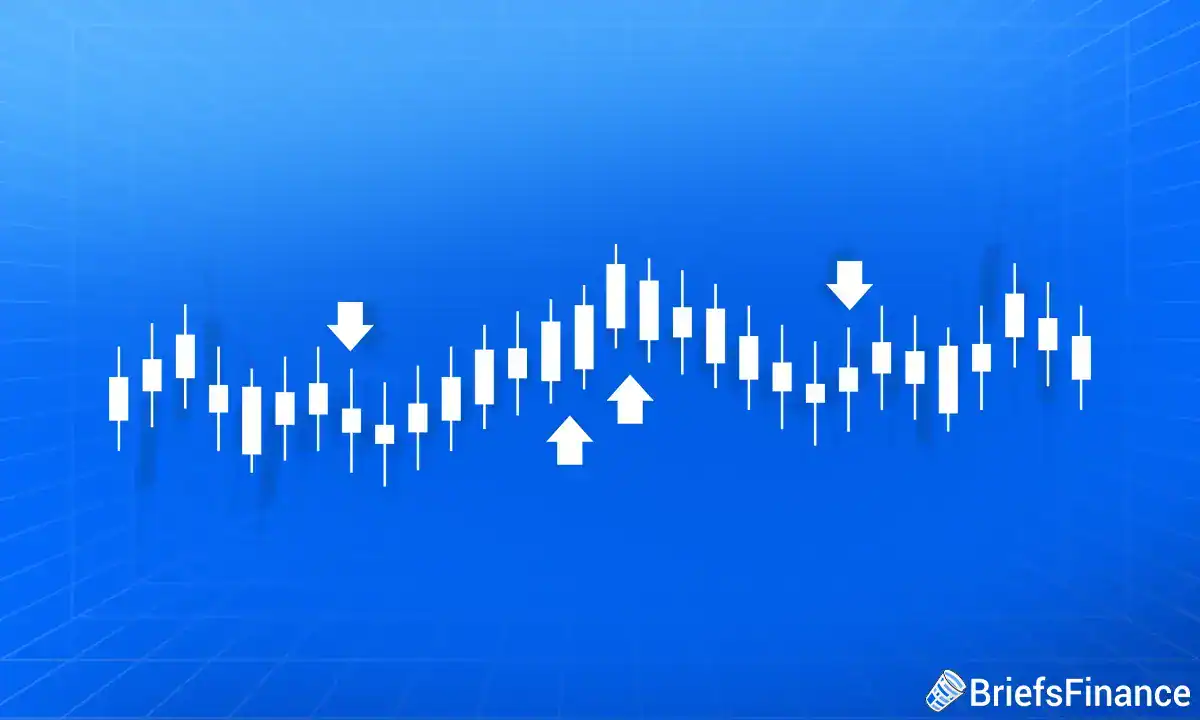The True Cost of Homeownership Most people drastically underestimate what […]


Tesla reports earnings Wednesday, and expectations are high.
The company likely posted a surge in Q3 results. The driver? U.S. buyers rushing to grab the $7,500 federal EV tax credit before it expires.
That credit is a powerful incentive. Losing $7,500 off the purchase price makes a huge difference for buyers on the fence.
So people accelerated purchases to lock in the savings. That should juice Tesla's Q3 numbers.
But investors care more about what comes after the tax credit rush.
The key questions for CEO Elon Musk on the earnings call:
Can cheaper Model 3 and Model Y versions keep U.S. customers buying?
Will budget trims attract new buyers in Europe and Asia?
How much are price cuts hurting margins?
Tesla just launched "Standard" versions of its Model 3 and Model Y. These new trims cost $5,000 to $5,500 less than previous versions.
How did Tesla cut costs? By stripping features: • Smaller batteries • Less-powerful motors • No rear touchscreens • No seat-back pockets • Other removed amenities
The company also temporarily slashed lease prices on the higher-priced "Premium" versions.
All these price cuts and discounts are squeezing Tesla's profits.
Tesla used to have "enviable margins" - far better than traditional automakers. Those margins are now under pressure.
The company has been cutting prices and offering deals globally throughout the year to fight off competition. That boosts sales volume but hurts profitability.
Investors are worried. A company can't discount forever without damaging its financial health.
Tesla's aging lineup is struggling.
Sales declined for the first time last year. Analysts expect an 8.5% fall this year.
Part of that drop comes from Musk's "far-right political rhetoric." His increasingly controversial political statements have turned off some potential buyers.
Tesla's vehicles are also getting old. The Model S and Model X are ancient by auto industry standards. The Model 3 and Model Y are refreshed versions of years-old designs.
Competitors have launched newer EVs with more features and competitive pricing. Tesla's first-mover advantage is eroding.
On Wednesday's call, investors will listen for:
Guidance on Q4 and 2026: Will demand hold up after the tax credit expires?
Margin outlook: Can Tesla stop the margin bleeding?
New models: When are truly new vehicles coming?
China strategy: How is Tesla competing with BYD and other Chinese EV makers?
Robotaxi update: Is the promised autonomous taxi service making progress?
The Q3 beat is nice. But it's artificially inflated by the tax credit rush. What matters is sustainable demand going forward.
Tesla faces a tricky moment.
The company likely posts strong Q3 numbers. But those results are misleading. They're driven by buyers pulling forward purchases to grab the tax credit.
Once that credit expires, demand could fall off a cliff. Especially with: • Cheaper Standard versions that may feel too stripped-down • Musk's political baggage turning off buyers • Strong competition from newer EVs • Overall softness in the EV market
The margin squeeze is concerning. Tesla built its valuation partly on having better profitability than traditional automakers. If margins keep falling toward industry norms, the stock's premium multiple becomes harder to justify.
The Standard trim strategy is risky. Yes, it's cheaper. But stripping out features could hurt Tesla's premium brand image. If buyers see it as a budget option rather than a luxury product, that changes the company's positioning.
For investors, Wednesday's earnings matter less than management's outlook. Can Tesla maintain volumes without destroying margins? Can it attract new buyers in key markets? When will genuinely new models arrive?
Musk's commentary will be crucial. If he's bullish and provides concrete plans, the stock could rally. If he's vague or acknowledges challenges without clear solutions, expect selling.
The tax credit rush gave Tesla a nice Q3 bump. But it also pulled forward sales that would have happened in Q4 and beyond. That could create an ugly comparison in upcoming quarters.
Tesla's innovation led the EV revolution. Now it's facing the hard part: maintaining dominance as competitors catch up and the market matures. Wednesday's call will show whether management has a plan to navigate that transition.
The True Cost of Homeownership Most people drastically underestimate what […]
What Is a REIT? A Real Estate Investment Trust (REIT) […]
Not all debt destroys wealth. Some debt builds it, while […]
What Is an Emergency Fund? An emergency fund is money […]
Market crashes trigger panic in even the most intelligent investors, […]
What Is Dividend Investing? Dividend investing is a strategy where […]
Gold prices have surged to record highs as investors seek […]
For business owners, knowing where to turn for a reliable […]